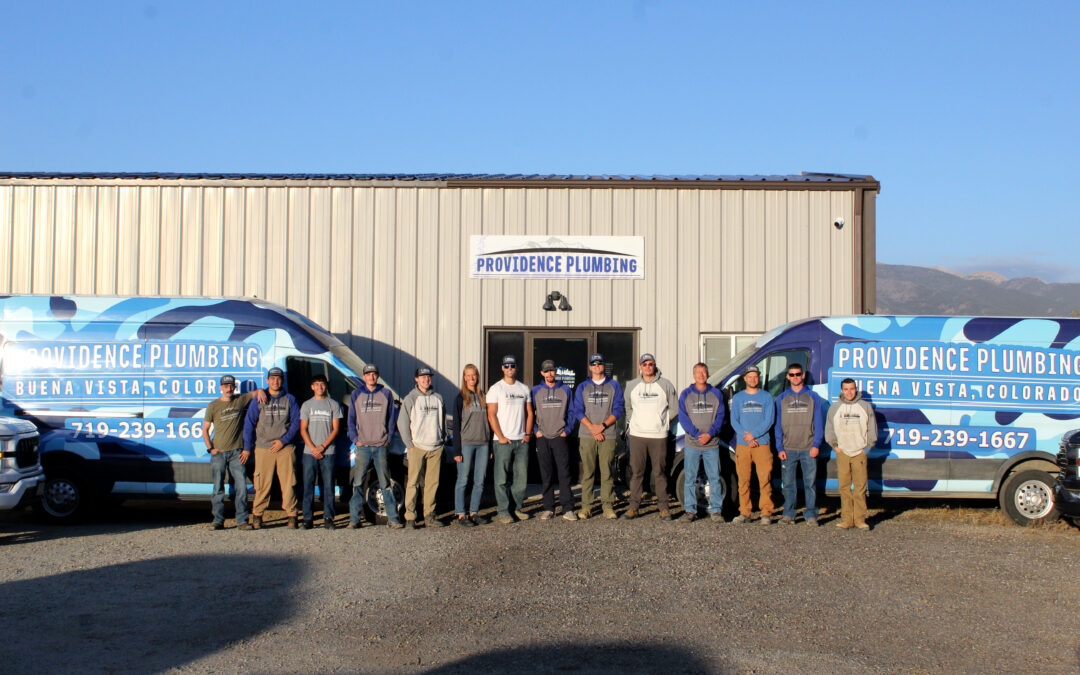When considering a new water heater, homeowners have two main options: a traditional tank or a tankless system. Providence Plumbing owner Coulter Rauch shared insights on the pros and cons of each to help customers decide.
Tankless water heaters, praised for energy efficiency, heat water only when needed, reducing standby heat loss and lowering utility bills. The two major advantages are that they take up less space and provide endless hot water as long as water flows.
However, Rauch noted that tankless systems have a higher initial cost. Installation can be complex, sometimes requiring electrical upgrades, and hot water delivery may take a few extra seconds. A single unit may also struggle to meet the needs of larger households using multiple water sources simultaneously.
Traditional tank water heaters have a lower upfront cost and store a ready supply of hot water, making them ideal for immediate access. They are also easier to install. But tank systems have drawbacks. Since they constantly heat stored water, they consume more energy, leading to higher utility costs. Sediment buildup can reduce efficiency and requires periodic maintenance. Additionally, once the tank’s supply runs out, users must wait for it to refill and reheat, which can be inconvenient during peak usage.
For homeowners weighing their options, Rauch recommends considering household size, budget and energy efficiency goals.
“Both systems have their benefits, but choosing the right one depends on your specific needs,” he said.
For expert advice and installation, Providence Plumbing offers professional guidance to help homeowners find the best solution for their hot water needs.
Providence Plumbing is part of the sponsored content program called Spotlight.

